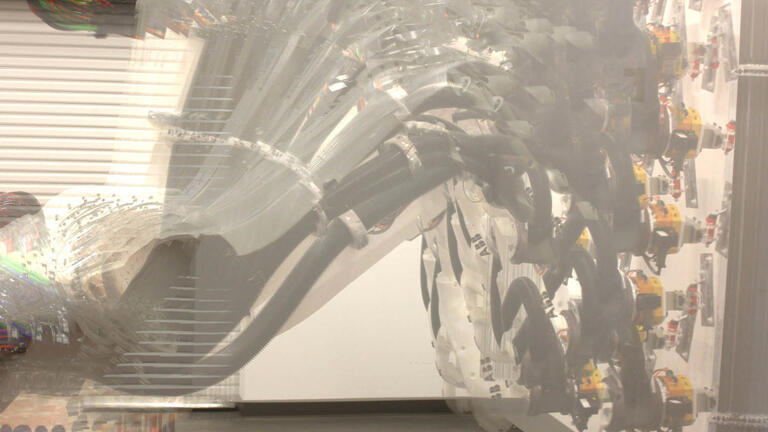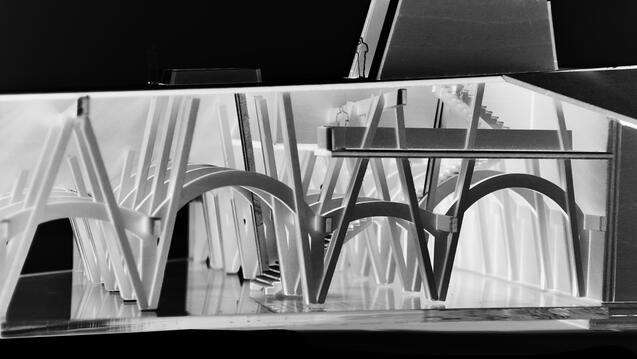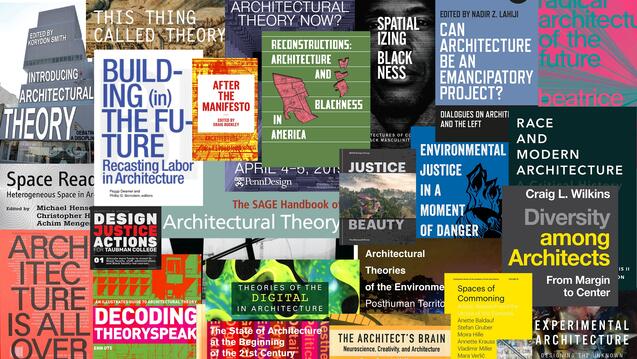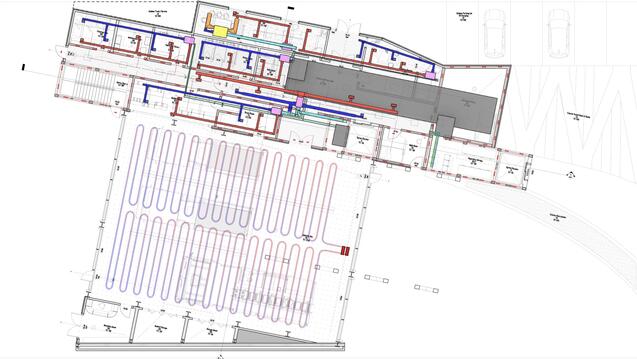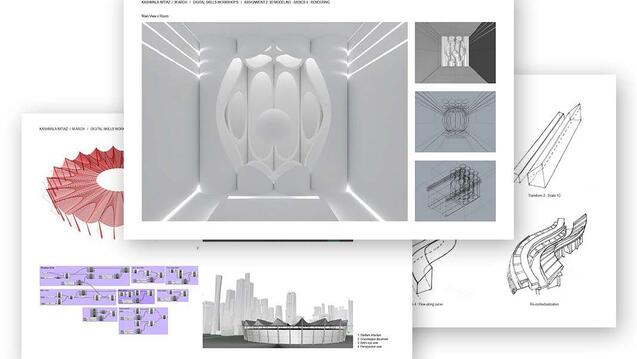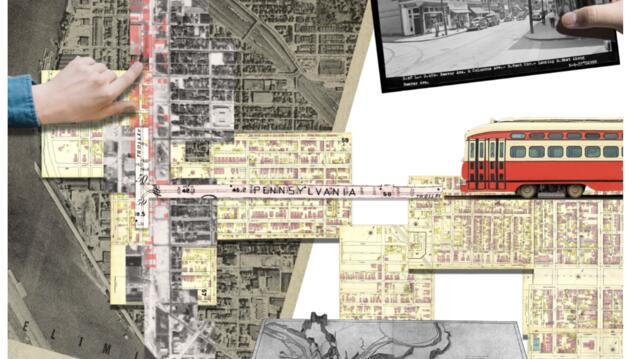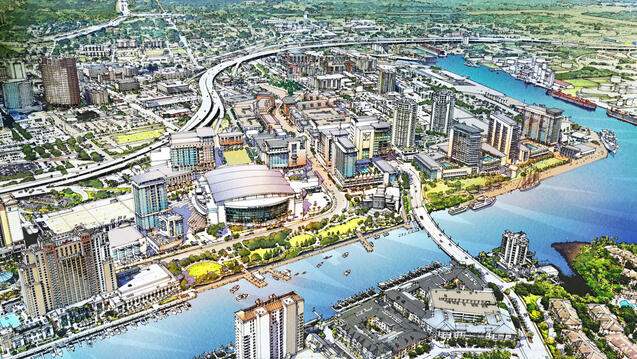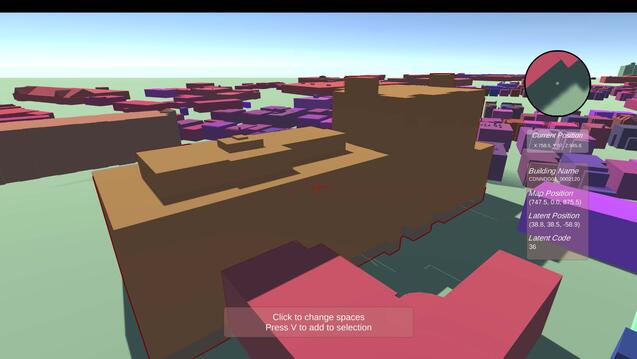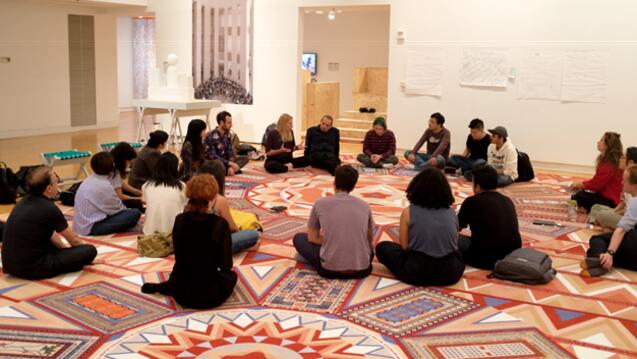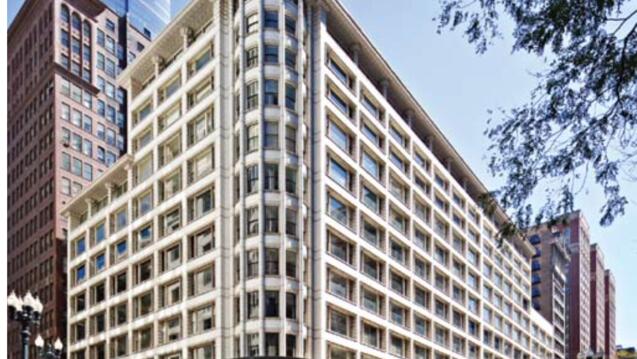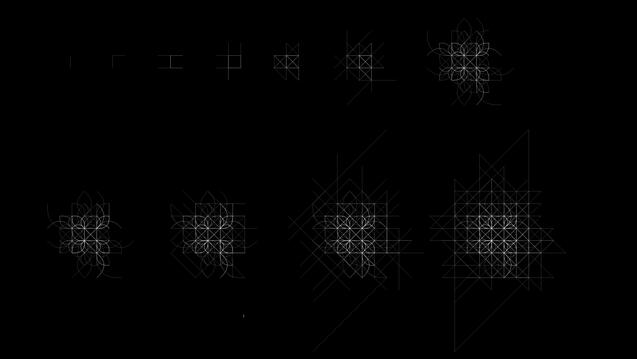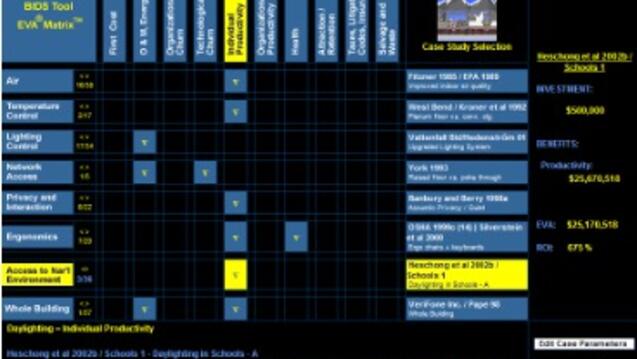This course explores architectural design methodologies and solutions that are ecologically and environmentally responsible.
Praxis I unpacks architecture’s entanglements with extraction and capital to explore emergent models for transformative socio-ecological praxis using Just Transitions/Transition Design as a prompt and theoretical underpinning. It considers architecture as a broad framework for Worldmaking across political, social, and ecological contexts to locate “praxis” in the context of architectural agency and design ethics.
This graduate seminar explores important writings and ideas being discussed in architecture today in relation to “Design Ethics,” one of the central pedagogies of the school and the M.Arch program.
This course addresses the urgent need for sustainable building design amidst climate change and global challenges.
This summer course for incoming Carnegie Mellon Architecture graduate students helps to establish a baseline of technical skills appropriate to the expectations of the design culture at the school. All graduate students are expected to be familiar with the protocols and workflows covered in this course.
In this first urban design studio, we focus on timely issues that drive contemporary cities, grounded in the fundamentals of urban theory and practice.
This course introduces students to the practice of urban design and explores the roles urban designers play in the design of cities and their leadership responsibilities.
With the notion of “critical technical practice” as a touchstone, this graduate-level seminar draws from across design, media, and science and technology studies to cultivate an awareness of the discursive and political dimensions of technology in design, and to guide participants in the formulation of a graduate thesis in computational design.
Commoning the City is a yearlong research‐based design studio on social justice and community‐led urban transformations. Here, students explore design as an agent of change and how to support citizens in claiming their Right to the City.
This course teaches the fundamentals of real estate development. Students learn about the real estate development process and the social, economic and regulatory context in which development takes place.
This graduate-level course examines the emergence of computation as a pivotal concept in contemporary architecture and design through a selection of design theories and practices responding to the so-called “computer revolution.”
This course explores the relationship of quality buildings, building systems, infrastructures and land-use to productivity, health, well-being and a sustainable environment.
